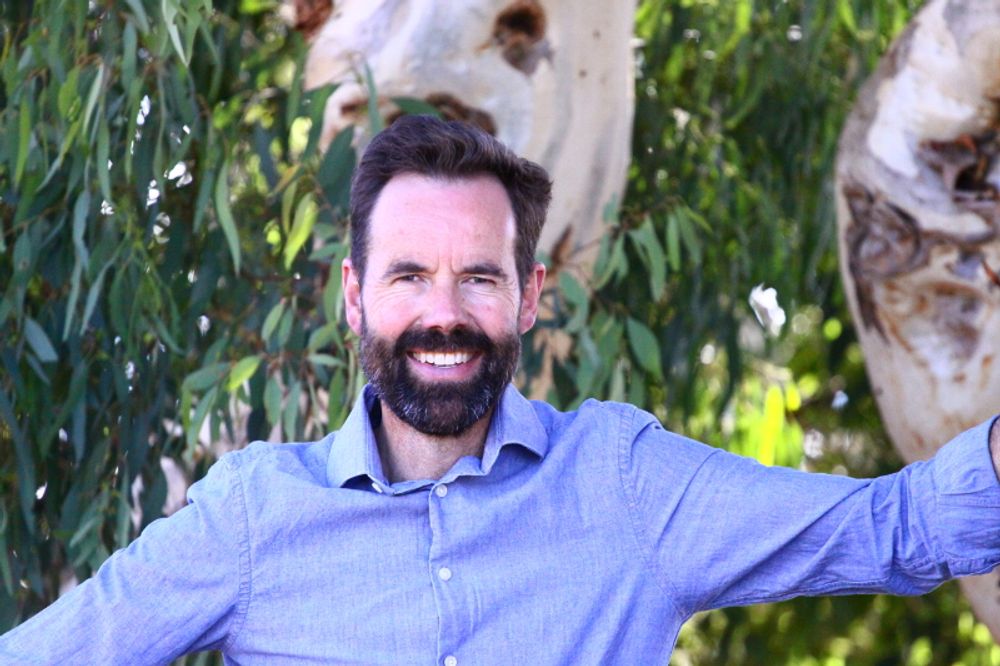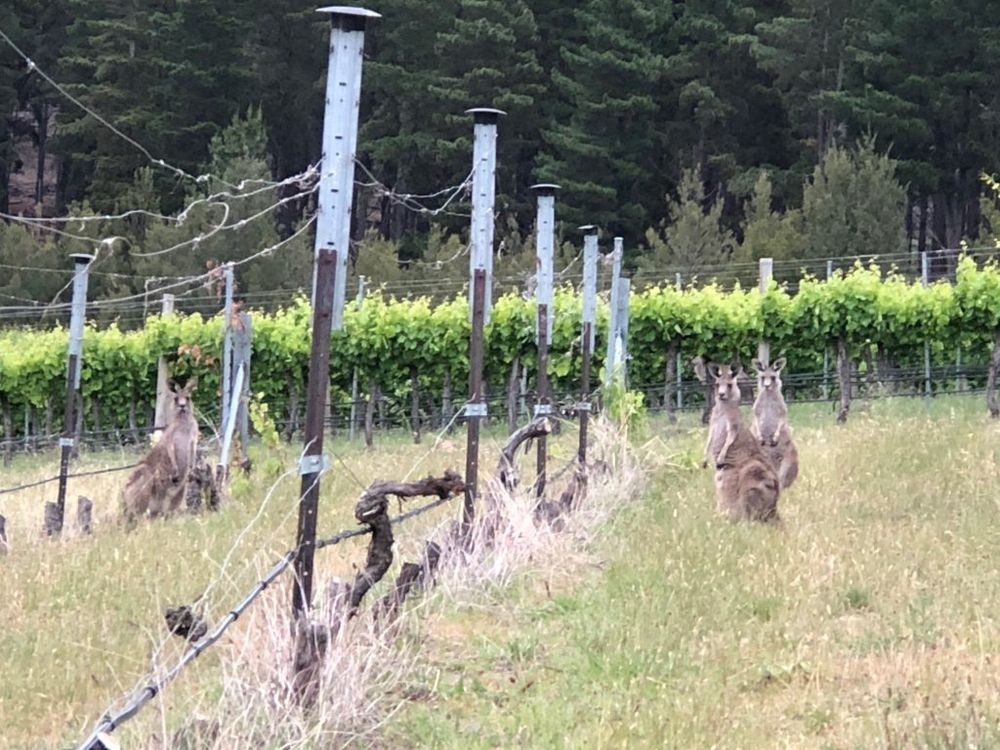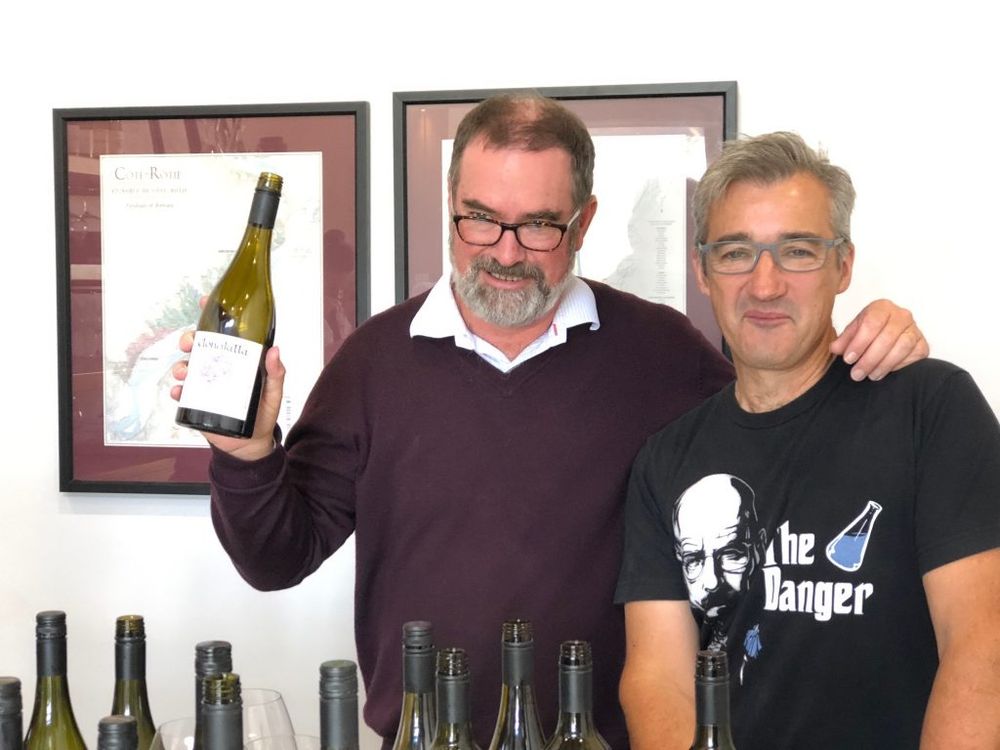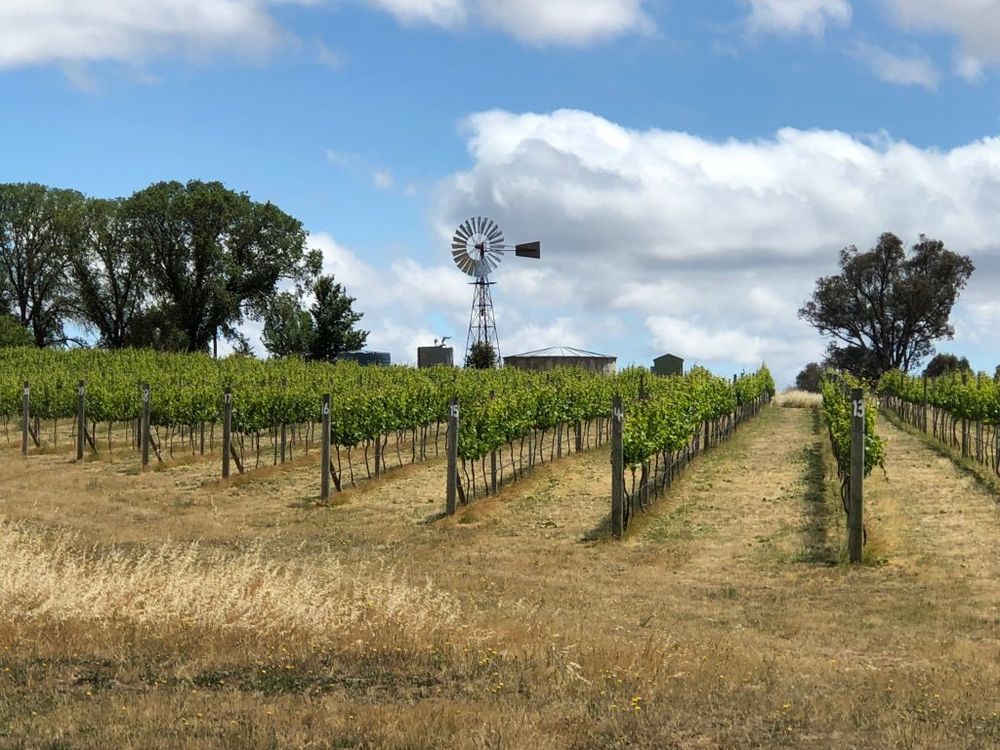In the first of a series of reports covering different regions of Australia, Richard Siddle checks out the surprising winemaking scene in Canberra.

One of the many popular wine tastings that take place in Canberra
If you were asked to name the top five most iconic wine regions in Australia you would get long odds on Canberra being one of them. In fact when Canberra popped up on Wine Australia’s press trip itinerary I wondered why we were going there. But what do I know.
Clearly not a lot having spent a couple of days there and meeting winemakers who seemed to have been on the wine equivalent of the supermarket sweep considering the number of grape varieties that are planted there.
Now we know Italy and Portugal have got their share of indigenous grapes, well a lot of them are making their home in Canberra. Particularly Sangiovese, Pinot Gris, Tempranillo, Vermentino, Frontignac, Petit Verdot, Arneis and Savagnin.
It all makes sense when you realise that Canberra also happens to be one of Australia’s coolest climate wine regions. But also an area seeing big changes in how that climate is affecting any grapes grown there, with picking and maturing times increasingly coming forward year after year.
“Every year for the last 10 years we have set a record here in Canberra for something,” says Chris Carpenter winemaker at Lark Hill Winery, be it the hottest year in 2009, followed by even hotter in 2013 and 2016. “Then 2011 was our wettest year in a 100 years,” he adds.
It therefore makes sense to have a “give it a go” mentality, says Frank van der Loo, owner of Mount Majura Wines that has been at the forefront of working with a whole range of Italian, Portguese and Mediterranean varieties, arguably best seen with what he is doing with Touriga Nacional.
Big strides

Frank van der Loo says there has been a transformation in winemaking in Canberra in the last decade
It has, though, been in the last five to 10 years that Canberra has really seen a step change in its winemaking. “The next generation has come in and really taken it to the next stage”, says Van der Loo. “There has been a real resurgence here in the last 10 years and Canberra has come into its own. A decade ago if you put a vineyard up for sale, then no-one would want to buy it. Now there is a real interest and some of our most successful wineries have really blazed a trail for others to follow.”
So much so that Canberra has some of the most expensive grapes in Australia. Whilst a tonne of fruit might cost A$300 tonne in the big bulk area of Riverland, grapes in Canberra are A$1,500 to A$2,000 a tonne and higher, says John Leyshon, of Mallaluka Wines and president of the Canberra District Wine Industry Association Wine District Council.
Bill Crowe of Crowe Wines believes so much in the potential of Canberra that he was prepared to move some eight years ago from the iconic Napa Californian wine region to start making wine here. It helped that his wife, Jaime, happened to b from the area and came from a winemaking family, but it is more than family loyalty that makes Crowe so excited about Canberra’s potential.
“There is so much more different and interesting wines to make in this cool climate than there is in Napa,” he claims. “It’s more challenging in the vineyard, but it allows you to try different things,” he adds.
Climate is key

The climate might be unique in Canberra – the kangaroos aren’t
Carpenter at Lark Hill Winery says the climate is key in allowing winemakers to experiment and see how different varieties can do in the Canberra. He, for example, has had great success with Sangiovese and is one of the winery’s best selling wines. “It’s that mid, lightweight style of red wine that is driving Australian red wines,” he says.
These new varieties are also what consumers want to drink and what restaurants want to match with their food, says Kate Hibberson, events and cellar door manager at Mount Majara Vineyard.
It’s certainly not been an overnight success, stresses Van der Loo. In fact it has taken patience and lot of trial and error over the last 20 years to see which varieties are best suited to Canberra’s unique weather patterns. Back in the 1990’s there was multiple plantings of all sorts of varieties, he explains, but it has only been in recent years where winemakers have started to settle on the varieties with the most potential in the region. “Often you don’t end up where you started,” he adds.
He cites four key stages for Canberra – and Australia as a whole:
• The original winemaking era dominated by fortified wines.
• Then came the large table wine production of the 1970’s and 1980’s.
• Then came the large experimental plantings in the 1990’s.
• Followed by winemakers refining and working out the varietals that are best suited to their land and terroir, which is very much where Canberra and Australia finds itself today.
“We are now seeing the benefits of those big plantings in the 1990’s,” says Van der Loo. “When we first started here it was with the big French and Bordeaux varieties. Now we are looking very much outside the hexagon. It is exciting to think there is so much more to come ahead of us.”
Much of which, he adds, is being driven by the need to find varieties that can mature later and be picked later. Hence the desire to plant so many Italian and Portuguese varieties. “We are now picking a month and a half earlier than we were first started 29 years ago,” says Van der Loo. “Hence why we are moving to so many late picking varieties. Tempranillo, for example, works so well here.”
Riesling and Shiraz lead the way

Clonakilla’s Tim Kirk and winemaker Bryan Martin are helping to raise the benchmark in Canberra
Having said all of that the main varieties that pay the bills in the area are Shiraz, Viognier, Pinot Noir, Riesling and Chardonnay. Arguably the two stand out varieties being – Riesling and Shiraz. Both have the characteristics to perform and stand up perfectly to the long days of warm weather and cool nights in the key growing period, says Tim Kirk, owner of Clonakilla Wines, arguably the leading winery in the area in terms of profile, production and quality (available in the UK through Liberty Wines). But then it did have a head start being the first serious winery to plant vines in the area in 1971 by the scientist John Kirk, and father of Tim.
Canberra Rieslings and Shirazes are, though, very different to what can be found in the rest of Australia, adds Kirk.
Here the focus is on clean, crisp, pure, natural freshness and acidity in the Rieslings and a silky, soft elegance in the Shirazes. All brought out by winemakers that are constantly looking to innovate and “push the envelope”, adds Kirk.
His production winemaker, Bryan Martin doesn’t just agree, but makes his own range of cutting edge, natural and pet nat style wines, using 22 different varieties, including the likes of Sangiovese, Barbera, Corvina and Fiano, under his own Ravensworth label. “It’s all about being restless and looking to do things differently,” he says. “It’s so diverse here and you can work with so many different varieties. But you also have to think about finding a market for them.”
Unique style

The classic Australian vineyard scene…at Clonakilla in Canberra
Canberra does not seem to have a problem selling its own style of Shiraz. They are particularly well represented at Clonakilla, where its Shiraz Viognier wine is often in critics’ Top 100 Australian wines.
“The Shiraz here is very different to what you find elsewhere in Australia,” say Kirk. “They have real elegance and fine tannins. We went against the grain and look to use long maceration, inspired by the Rhône and Burgundy,” he explains, pointing to his Shiraz Viognier that he believes has “its own voice and personality”. “Our job as winemakers is to get out of the way, and do as little as possible to capture that personality,” he adds.
As a result Clonakilla is able to make a Shiraz that is full of “spice, perfume and rose petal and floral notes” brought out using a long maceration process and blending together the very best parcels from all its differently fermented barrels.
Kirk is particularly excited by what he sees as “the phenomenal” 2018 vintage.
Sam Leyshon of Mallaluka Wines says it is that natural acidity and freshness in the Shiraz that really stands it apart and also makes it ideal for ageing wines as well.
Most exciting…
Although the wines and producers we found in Canberra were a real surprise in terms of diversity and quality, it’s not though we were not forewarned. Mike Bennie, the Australian writer, merchant, and winemaker, had given Canberra the big talk up only the day before whilst visiting him in Sydney, before making the short trip north, where he had said Canberra was arguably the most exciting emerging region in the country. Particularly if you are on the look out for cutting edge Grüner Veltliner, Tempranillo, Gamay, Rousanne, Graciano, and Touriga Nacional.
But then it’s always hard to believe what a journalist tells you until you have seen it for yourself.
Key Facts
- Canberra has 253 hectares of vineyards
- Most vines are grown between 500m to 800m
- Mean temperature is 20.2c
- Average rainfall of 420mm
- Its production is split 70% red and 30% white.
Australia Trade Tasting
You will have the chance to taste wines from Canberra along with all the other wine regions in Australia at the Australia Trade Tasting series later in the month.
For more details and registration go to: https://www.wineaustralia.com/whats-happening/events/australia-trade-tastings-2019/attend
London: Tuesday 22 January, 11am – 6pm, B1, Southampton Row WC1B 4DA
• More than 1,000 wines from across 45 regions
• Master classes on alternative varieties in McLaren Vale and Australian sparkling wine
• Seminar by The Australian Wine Research Institute
• Aroma Wall – large, interactive and on show in Europe for the first time
• Women in Wine focus table, featuring iconic producers and emerging stars
• First-time exhibitors at London ATT include Patritti, Levantine Hill, Gilbert Family Wines, Kirrihill Wines, Soul Growers and Barristers Block
• Attending winemakers include Ed Carr (House of Arras), Chris Thomas (Dowie Doole), Rory Lane (The Story Wines), Bob Berton (Berton Vineyards) and Inga Lidums (Lobethal Road)
• Global launch of new education programme, Australian Wine Discovered
Edinburgh: Monday 28 January, 1pm – 6pm, The Balmoral Hotel, Princes Street EH2 2EQ
• More than 300 wines from across 30 regions
• Master class on alternative varieties in McLaren Vale
• Women in Wine focus table, featuring iconic producers and emerging stars
• First-time exhibitors at Edinburgh ATT include Kirrihill Wines, Soul Growers and Silkman Wines
Dublin: Wednesday 30 January, 1pm – 5pm, The Round Room, The Mansion House, 2 Dawson Street
• More than 250 wines from across 30 regions
• Master class on alternative varieties in McLaren Vale
• Women in Wine focus table, featuring iconic producers and emerging stars
• First-time exhibitors at Dublin ATT include Patritti, Kirrihill Wines and Silkman Wines
You can check out the tasting booklet ahead of the events here: https://www.wineaustralia.com/getmedia/fb422488-defb-48b9-bab7-8e27202c8cf8/ATT2019_Booklet_London_W.pdf










































